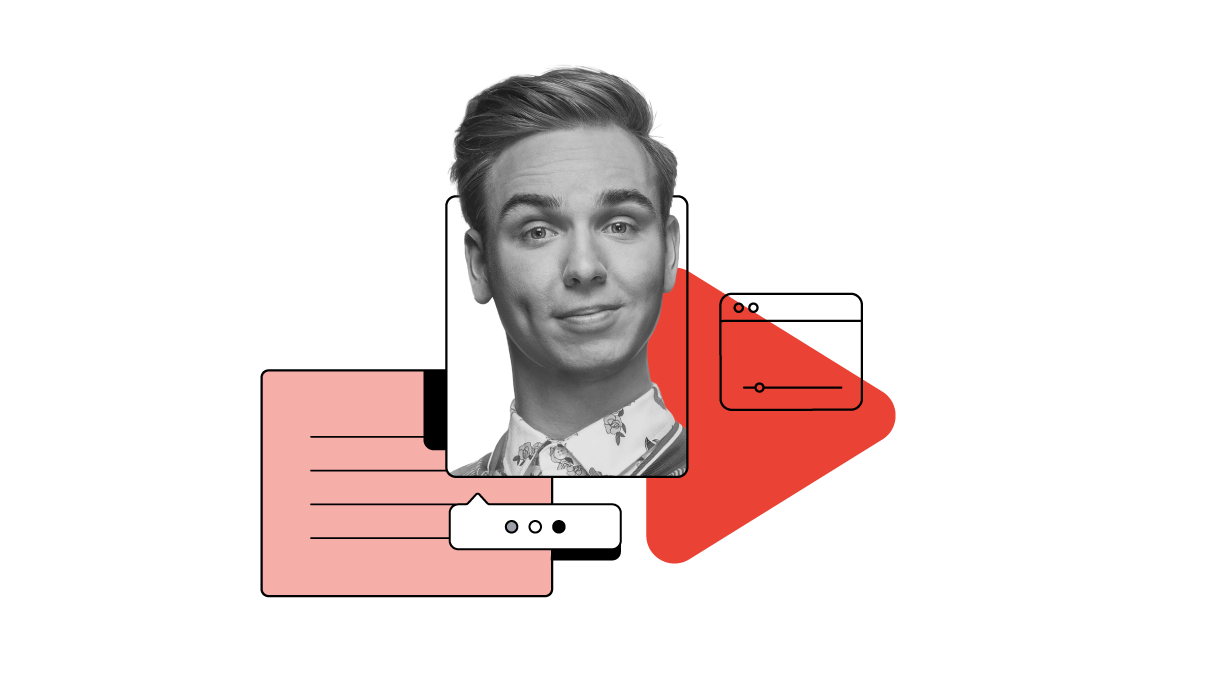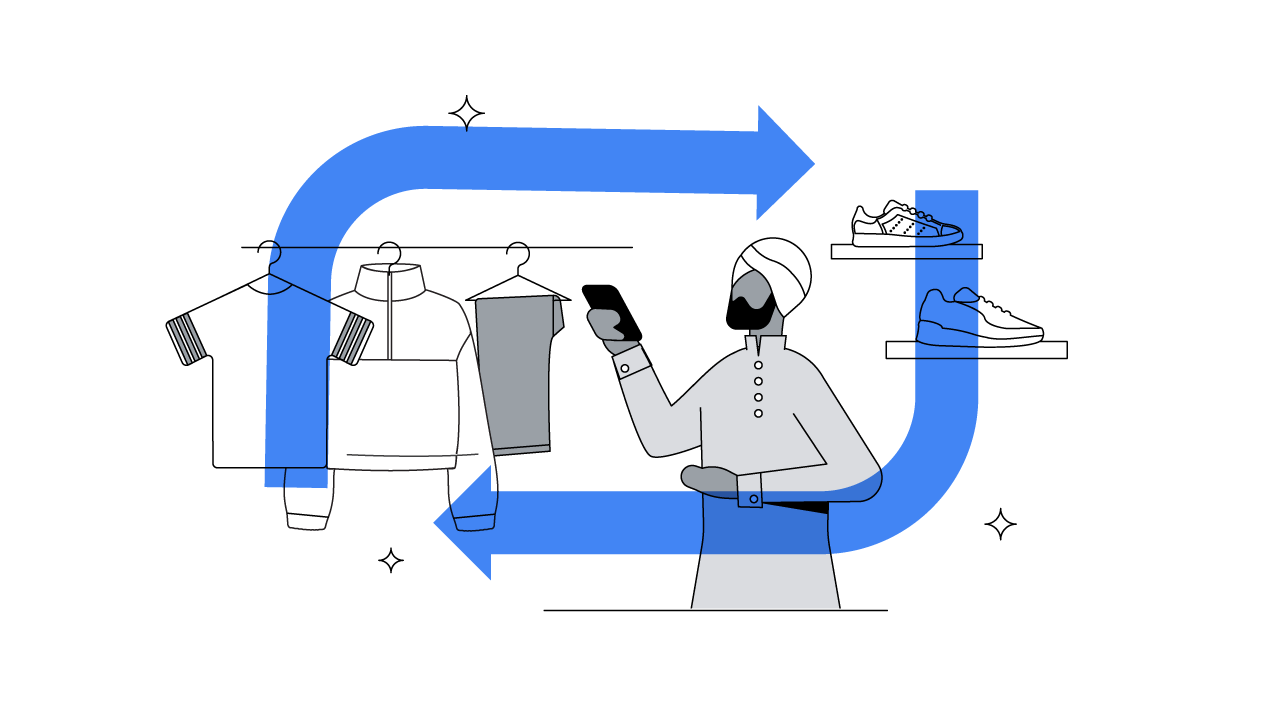With consumer privacy top of mind, data protection laws across Europe are changing. These laws necessitate a shift in approach to understanding consumer behaviour, and for digital-first companies, that translates into finding new ways to explore patterns and deliver relevant information.
“Relevancy is key in the world of digital. When we deliver a better user experience we also optimise our media spend,” says Thomas Bonnich Fink, Global Data Lead for Arla Foods, Scandinavia’s largest producer of dairy products. “Our cookieless solution allows us to see relevancy at scale in a way that benefits both the user and ourselves.”
Selling essential goods, Arla’s performance is not impacted as much by a dynamic economy. However, the dairy producer has found that embracing new ways of engaging with customers is key to staying afloat in an ever-changing, often obstacle-packed, environment.
Start with strong content marketing
Before brands start thinking about how they can reach the right audiences, they need to ensure they have the content to do so. “One of our strengths is the variety of stories we can tell,” says Thomas Heilskov, Arla’s Global Head of Digital and In-house Creative. “All our brands have strong content marketing models in place, with a major focus on video ads.”
Having an abundance of content is a major benefit, but an inability to gather reliable data from it renders it much less valuable. “We’ve always been reliant on third party data,” says Heilskov. “But with a cookieless world on the horizon, we had to step back and consider how we could deliver a more personalised experience without the data other industries have access to.”
Finding a cookieless solution
Thinking of alternative ways to understand people’s preferences, Arla took a blank slate approach and developed a ‘video intelligence’ solution based on available performance data.
“Our goal was to use machine learning on the Google Cloud Platform, so we started experimenting with the Video Intelligence API to gather insights by labelling videos. A specific timestamp in a video might be labelled with ‘nature’ and a type of emotion, for example.”
With 90-95% of Arla’s digital ads being video, Fink knew that this tool could be extremely effective for them. ”It’s really cool to get signals directly from the customer. We get to see how much of a video they watch, and if they only watch the first five seconds, we can see the exact point where the customer lost interest. This significantly helps us understand their interests and improve our reach.”
Doing more with less data
Wondering how to predict what is relevant to specific people, Arla decided to bring in experts specialised in machine learning. “The more you tailor your ads to the preferences of your audience, the less it will ultimately cost to reach them,” affirms Fink.
After a few brainstorming sessions on how to create a suitable model, the outcome was to combine Arla’s video intelligence solution with Google Audience performance data. “With this model in place,” Fink explains, “we could see that ‘food lovers’, for example, showed higher engagement rates when we focused on recipes and kitchen tools in the video, instead of cows and nature.”
"We finally built a machine learning model that with an Arla video as input, gives predictions to which Google Audiences that would be best to target for the specific video,” Fink continues. “These predictions are based on the learnings from the Video Intelligence API from Google and historical audience performance data from our campaigns."
Data access and openness
When transitioning to a new way of approaching digital, access to data and openness to change are both vital. “It may sound like a given, but not every industry has access to data, however important it is,” says Heilskov.
Fink adds: “That should be the number one priority for all companies out there: collect data, enable it for proper use — activate and scale.” Arla was able to achieve this using Google Audiences through Google Marketing Platform, and machine learning through Google Cloud Platform.
But without being open to changing their approach, brands will struggle. “I think people are used to buying the tools that give them the answers immediately and don’t want to do the ‘boring’ work themselves,” says Heilskov. “But this is far from boring: It’s an exciting opportunity that helps deliver a more relevant experience to the customer. This will be super important in the long term.”
And it’s certainly worked for Arla. In 2019, they gained 15.7 million extra video views, and 105 million additional impressions, while the cost per impression decreased by 19%. By scaling their Arla Video Intelligence to the UK, Sweden, and the Middle East, they’re looking at significant media savings or possible reinvestment. Sometimes a little adapting and investing goes a long way.
Key takeaways:
- With new data protection laws, a shift in approach to digital is essential.
- Working more intelligently with your data and content will lead to high-performing cookieless solutions.
- Use tools such as Google Audiences to understand behavioural patterns when combined with your own data and content.






